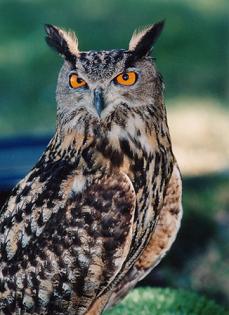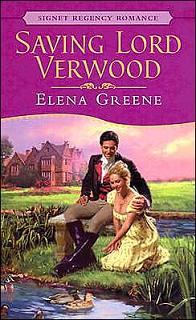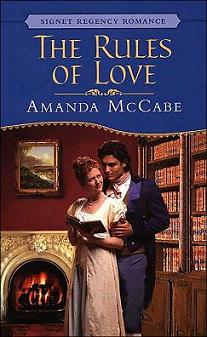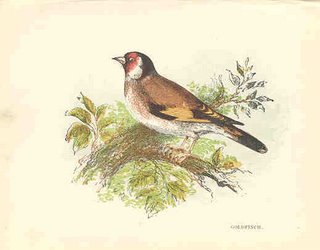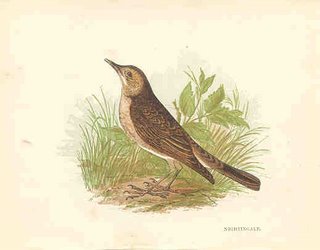 Last week I blogged about books I don’t finish; this week I’d like to talk about the opposite.
Last week I blogged about books I don’t finish; this week I’d like to talk about the opposite.
I have a problem that’s probably pretty common to the Riskies and our guests. Too many books, not enough bookshelves, despite the fact that there’s book storage in every room of our house except for the bathrooms (hmm… no, maybe not a good idea.) Since it’s unthinkable to stop the incoming flow, some books must go. I recently forced myself to go through this annual decluttering exercise.
To the donation pile:
- Books I didn’t enjoy.
- Books I got at a conference over three years ago, still haven’t gotten to, and aren’t somehow calling me to hold onto them.
- Duplicates–too many of them!
Keeper shelf items:
- Books I love so much I can’t part with them.
- Classics and useful reference books.
- Personally autographed copies.
- Books by favorite authors or recommended by friends, or with truly intriguing blurbs, that I will get to someday.
- Books by favorite authors that I didn’t love, but merely enjoyed. Somehow I feel disloyal parting with them. Or is that I like to keep a collection together?
The keeper shelves are still pretty full. My TBR list is enormous and growing daily. It made me wonder. Why keep a book if I may never reread it?
But the answers came. I do get to TBR books. Eventually. With books I’ve already read, I do often share them with friends, and I may share them with my children when they’re older. Very good reasons to hold onto these treasures.
So how about you? What makes a book a keeper? Do you clean out now and then?
And oh, yes, any suggestions for the best places to donate a boxfull of books of mixed genres, largely romance?
Elena
LADY DEARING’S MASQUERADE, Romantic Times Best Regency of 2005!
www.elenagreene.com



